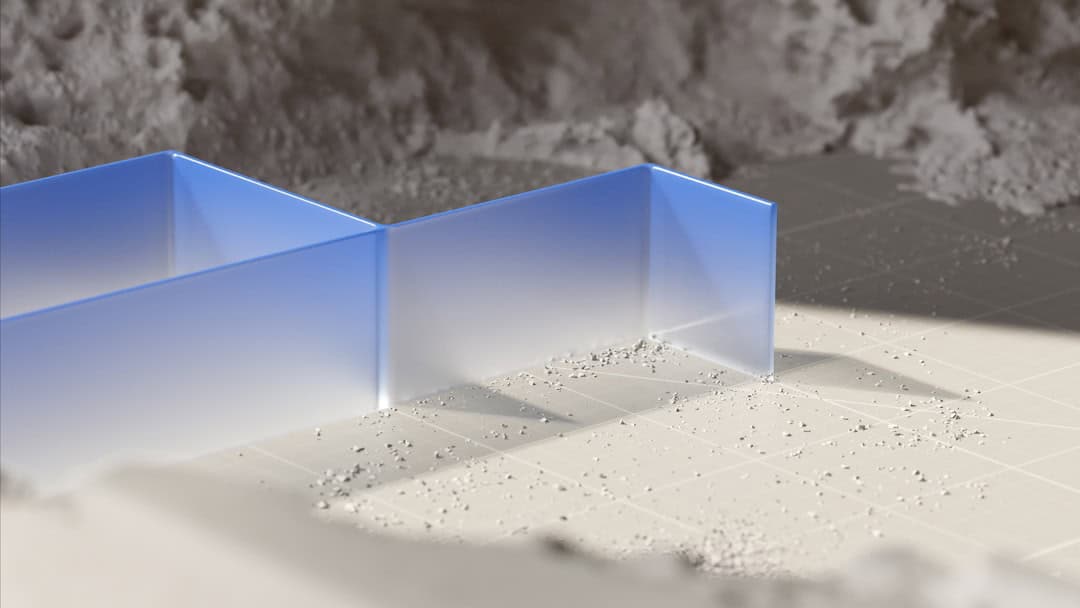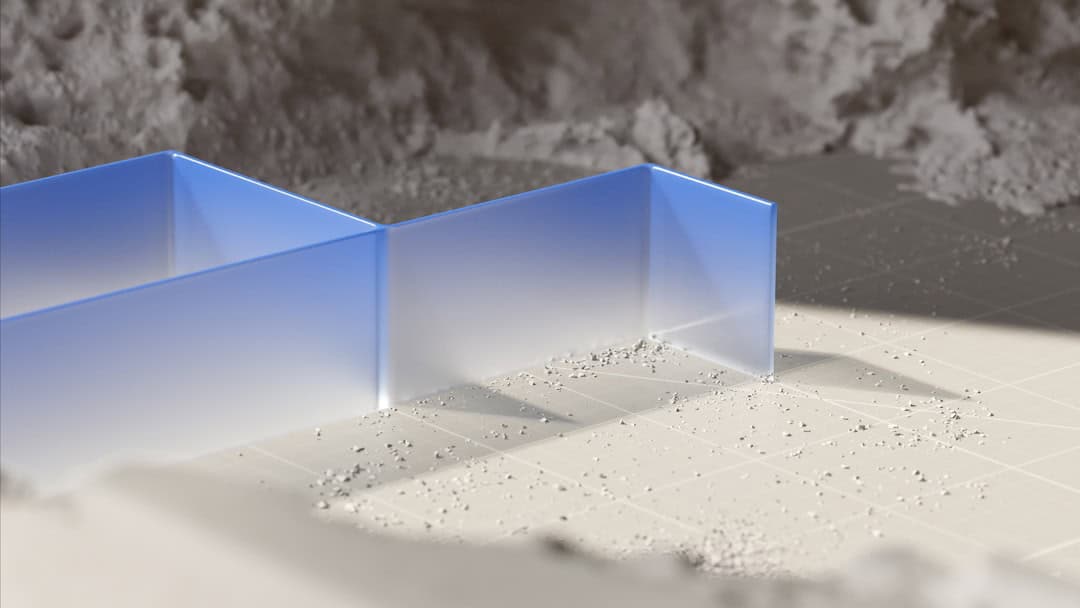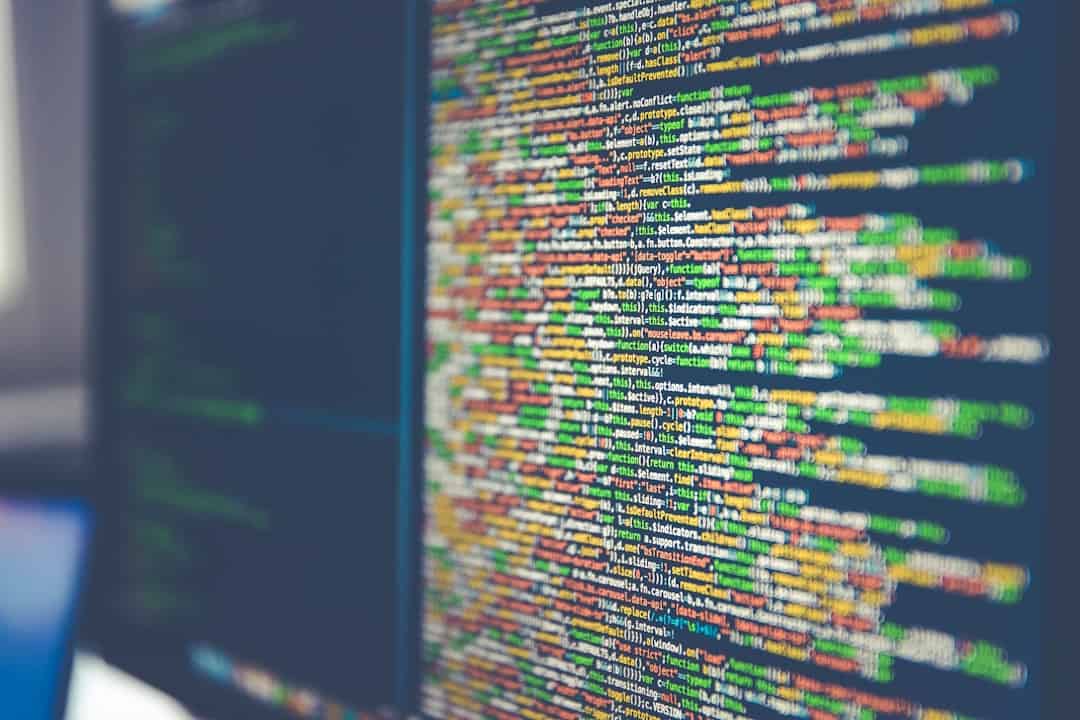Unsupervised deep learning is a branch of machine learning that focuses on training algorithms to identify patterns and structures in unlabeled data. This approach is particularly valuable when working with large, complex datasets where manual labeling is impractical or unfeasible. Unsupervised Deep Learning algorithms employ various techniques, including clustering, dimensionality reduction, and generative modeling, to uncover hidden relationships within the data.
The primary advantage of unsupervised deep learning lies in its ability to extract meaningful insights from data without human guidance. This makes it especially useful for tasks such as anomaly detection, data compression, and feature learning. As the field progresses, unsupervised deep learning is poised to significantly impact artificial intelligence by enabling machines to learn from raw, unstructured data in unprecedented ways.
The potential applications of unsupervised deep learning are vast and continue to expand. As researchers and practitioners develop more sophisticated algorithms and techniques, the field is expected to play an increasingly important role in the advancement of intelligent systems and applications across various industries and domains.
Key Takeaways
- Unsupervised deep learning is a type of machine learning that does not require labeled data for training, making it a powerful tool for discovering patterns and structures in data.
- Unsupervised deep learning has the potential to revolutionize AI by enabling machines to learn from raw, unstructured data and uncover hidden insights that may not be apparent to human observers.
- Unsupervised deep learning can be used to uncover hidden patterns in data, such as clustering similar data points together or identifying anomalies and outliers.
- Applications of unsupervised deep learning in AI include image and speech recognition, natural language processing, recommendation systems, and anomaly detection.
- Challenges and future developments in unsupervised deep learning include improving the scalability and interpretability of models, as well as addressing ethical considerations such as privacy and bias in data.
The Power of Unsupervised Deep Learning in AI
Unsupervised deep learning has the power to transform the field of artificial intelligence by enabling machines to learn from raw, unstructured data in a way that was previously not possible. One of the key advantages of unsupervised deep learning is its ability to discover and learn from the inherent structure of the data, without the need for human intervention. This makes it particularly well-suited for tasks such as anomaly detection, data compression, and feature learning.
Unsupervised deep learning algorithms can automatically identify patterns and structures within the data, leading to more accurate and efficient learning. Another powerful aspect of unsupervised deep learning is its ability to perform tasks such as clustering and dimensionality reduction, which can be used to uncover hidden patterns and structures within the data. This can be particularly useful in fields such as image and speech recognition, where large amounts of unstructured data need to be processed and analyzed.
By leveraging the power of unsupervised deep learning, AI systems can become more adept at understanding and interpreting complex data, leading to more accurate and reliable results. As the field continues to advance, it is becoming increasingly clear that unsupervised deep learning will play a crucial role in the development of intelligent systems and applications.
Uncovering Hidden Patterns with Unsupervised Deep Learning

Unsupervised deep learning algorithms are designed to uncover hidden patterns and structures within the data without being explicitly told what to look for. This is achieved through techniques such as clustering, dimensionality reduction, and generative modeling, which enable the algorithm to identify and learn from the inherent structure of the data. Clustering algorithms, for example, group similar data points together based on their characteristics, allowing for the identification of patterns and relationships within the data.
Dimensionality reduction techniques, on the other hand, aim to reduce the number of input variables while preserving important information, making it easier to identify underlying patterns. Generative modeling is another powerful tool in unsupervised deep learning, allowing algorithms to learn the underlying distribution of the data and generate new samples that are similar to the original dataset. This can be particularly useful in tasks such as image and text generation, where the algorithm can learn to create new, realistic samples based on the patterns it has identified in the data.
By leveraging these techniques, unsupervised deep learning algorithms can uncover hidden patterns and structures within the data, leading to more accurate and efficient learning.
Applications of Unsupervised Deep Learning in AI
| Application | Description |
|---|---|
| Clustering | Grouping similar data points together based on their features |
| Anomaly detection | Identifying unusual patterns that do not conform to expected behavior |
| Dimensionality reduction | Reducing the number of input variables in a dataset while preserving important information |
| Feature learning | Automatically discovering the representations of the input data |
Unsupervised deep learning has a wide range of applications in artificial intelligence, spanning across various fields such as computer vision, natural language processing, and recommendation systems. In computer vision, unsupervised deep learning algorithms can be used for tasks such as image clustering, dimensionality reduction, and generative modeling, allowing for more accurate and efficient image recognition and analysis. These algorithms can automatically identify patterns and structures within images, leading to more accurate and reliable results.
In natural language processing, unsupervised deep learning can be used for tasks such as text clustering, topic modeling, and language generation. By leveraging techniques such as word embeddings and recurrent neural networks, these algorithms can uncover hidden patterns and structures within text data, leading to more accurate and efficient language processing. Recommendation systems also benefit from unsupervised deep learning, as these algorithms can automatically identify patterns and relationships within user behavior data, leading to more accurate and personalized recommendations.
Challenges and Future Developments in Unsupervised Deep Learning
While unsupervised deep learning has shown great promise in various applications, it also comes with its own set of challenges and limitations. One of the main challenges is the difficulty in evaluating and interpreting the results of unsupervised learning algorithms. Unlike supervised learning, where the performance of the algorithm can be directly measured against labeled data, evaluating the performance of unsupervised algorithms can be more subjective and challenging.
Another challenge is the scalability of unsupervised deep learning algorithms, particularly when dealing with large-scale datasets. As the size of the dataset increases, so does the complexity of training unsupervised algorithms, leading to longer training times and increased computational resources. Future developments in unsupervised deep learning will need to address these challenges by developing more efficient algorithms that can scale to handle larger datasets while maintaining high performance.
In terms of future developments, there is a growing interest in combining unsupervised and supervised learning techniques to create more robust and accurate AI systems. By leveraging both types of learning, AI systems can benefit from the strengths of each approach, leading to more accurate and efficient learning. Additionally, advancements in generative modeling techniques are expected to lead to more realistic and accurate sample generation, opening up new possibilities in fields such as image and text generation.
Ethical Considerations in Unsupervised Deep Learning

As with any technology, there are ethical considerations that need to be taken into account when developing and deploying unsupervised deep learning algorithms. One of the main ethical concerns is related to privacy and data security. Unsupervised deep learning algorithms often require access to large amounts of raw data, which may contain sensitive or personal information.
It is crucial for developers to ensure that proper measures are in place to protect the privacy and security of this data. Another ethical consideration is related to bias and fairness in AI systems. Unsupervised deep learning algorithms have the potential to uncover hidden biases within the data, which can lead to unfair or discriminatory outcomes.
It is important for developers to carefully consider these issues and take steps to mitigate bias in AI systems. Additionally, there is a need for transparency and accountability in the development and deployment of unsupervised deep learning algorithms, ensuring that users understand how their data is being used and have recourse if they encounter issues.
The Potential Impact of Unsupervised Deep Learning in AI
Unsupervised deep learning has the potential to revolutionize the field of artificial intelligence by enabling machines to learn from raw, unstructured data in a way that was previously not possible. By uncovering hidden patterns and structures within the data, unsupervised deep learning algorithms can lead to more accurate and efficient learning across a wide range of applications. While there are challenges and ethical considerations that need to be addressed, the potential impact of unsupervised deep learning in AI is undeniable.
As the field continues to advance, it is becoming increasingly clear that unsupervised deep learning will play a crucial role in the development of intelligent systems and applications. By addressing challenges such as scalability and interpretability, while also considering ethical considerations such as privacy and bias, developers can harness the full potential of unsupervised deep learning to create more robust and reliable AI systems. The future of AI is undoubtedly intertwined with unsupervised deep learning, paving the way for more advanced and capable intelligent systems.
If you’re interested in exploring the potential of unsupervised learning in the context of the metaverse, you may want to check out this article on parallel worlds in the megaverse. The concept of parallel worlds and the interconnected nature of the metaverse present unique challenges and opportunities for deep learning algorithms to operate in an unsupervised manner, adapting and learning from the diverse and dynamic environments within the metaverse.
FAQs
What is unsupervised learning in deep learning?
Unsupervised learning in deep learning is a type of machine learning where the model is trained on unlabeled data, and it learns to find patterns and structure within the data without explicit guidance.
How does unsupervised learning differ from supervised learning?
In unsupervised learning, the model is trained on unlabeled data and learns to find patterns and structure within the data, while in supervised learning, the model is trained on labeled data with explicit input-output pairs.
What are some common applications of unsupervised learning in deep learning?
Some common applications of unsupervised learning in deep learning include clustering, dimensionality reduction, anomaly detection, and generative modeling.
What are some popular algorithms used in unsupervised learning in deep learning?
Popular algorithms used in unsupervised learning in deep learning include k-means clustering, hierarchical clustering, principal component analysis (PCA), autoencoders, and generative adversarial networks (GANs).
What are the advantages of unsupervised learning in deep learning?
Some advantages of unsupervised learning in deep learning include the ability to discover hidden patterns in data, the potential for feature extraction and dimensionality reduction, and the ability to work with large amounts of unlabeled data.
What are the limitations of unsupervised learning in deep learning?
Limitations of unsupervised learning in deep learning include the difficulty in evaluating the performance of the model without labeled data, the potential for the model to learn irrelevant or noisy patterns, and the challenge of interpreting the learned representations.











Leave a Reply